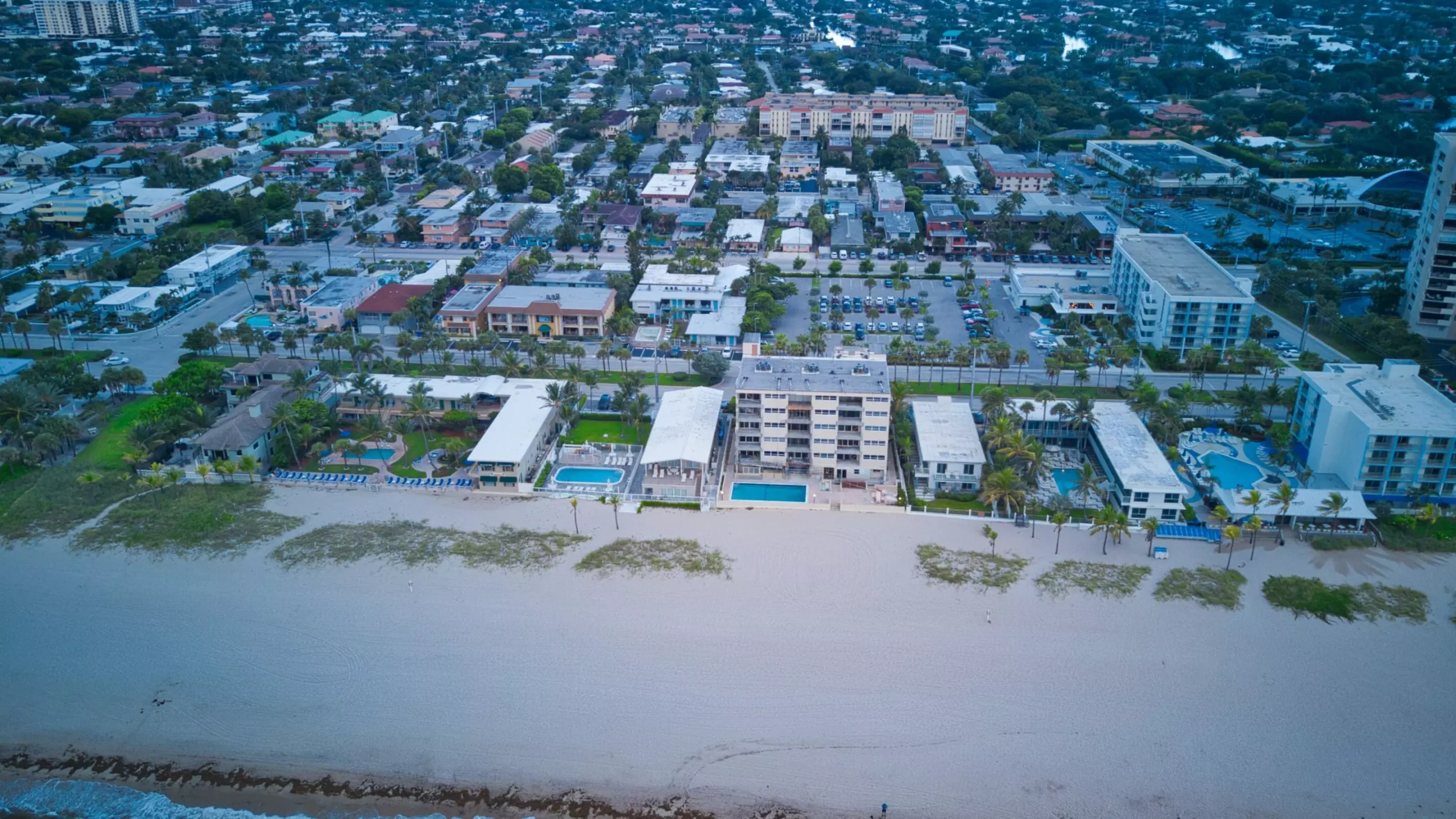The climate crisis has become an omnipresent issue, with reports detailing increasing natural disasters, such as wildfires, hurricanes, and extreme temperature fluctuations. Amidst this backdrop of environmental distress, new research from Dartmouth University offers a contrasting viewpoint regarding one particularly alarming projection: the potential catastrophic rise of global sea levels attributed to ice sheet melting in Antarctica. While the study does not downplay the urgency of the climate crisis or the retreat of polar ice, it challenges a prediction from the UN Intergovernmental Panel on Climate Change (IPCC) suggesting that the collapse of Antarctic ice sheets might lead to an extreme sea level rise by 2100.
The sixth assessment report by the IPCC sparked significant concern by forecasting scenarios where melting ice sheets could contribute up to 50 feet to global sea levels by the year 2300. This projection caught the attention of scientists and policymakers alike, triggering discussions about future coastal infrastructure and the potential displacement of populations in vulnerable areas. However, the report categorized this prediction as having a “low likelihood,” indicating that while the ramifications could be dire, the mechanisms underlying such a collapse remain uncertain and largely hypothetical.
The primary model influencing this alarming scenario is known as the Marine Ice Cliff Instability (MICI), a theory suggesting that a rapid collapse of ice shelves could expose towering ice cliffs that would then cascade into the ocean, leading to an exponential ice loss. However, this mechanism has yet to be observed in real-world scenarios and relies on limited low-resolution simulations, casting doubt on its reliability.
In response, researchers at Dartmouth and associated institutions conducted a thorough examination of MICI using three high-resolution models designed to capture the intricate dynamics of Antarctic ice sheets. Their analysis centered on Thwaites Glacier, often referred to as the “Doomsday Glacier” due to its precarious status and notable potential to raise sea levels by several feet. The findings suggest that even under severe conditions, the glacier’s retreat during this century may not align with the quick collapse predicted by MICI.
Mathieu Morlighem, the lead author of the study, emphasized that the physics underpinning such extreme projections in the IPCC report might be misinterpreted. This point is critical: policymakers depend on accurate models for crucial decisions, such as the construction of sea defenses and the relocation of communities at risk. Underestimating the real threat of sea-level rise could have profound implications for resource allocation and disaster preparedness.
While the study does not suggest that Antarctica is safe or that sea-level rise won’t continue to be a pressing issue, it highlights that the severe projections based on MICI are unlikely to materialize throughout the 21st century. This revelation delivers an essential message to policymakers: while the threat of sea-level rise is imminent, the level of risk posed by scenarios involving rapid ice sheet collapse may not be as severe as once thought.
This discrepancy can influence the design of solutions and action plans in coastal communities. Policymakers should strive for a balanced approach that considers both the risk of underestimating impacts as well as the need not to overreact based on less likely scenarios. Uninformed panic based on high-end projections could divert attention and resources away from more probable outcomes related to known instabilities in polar ice sheets.
In the context of the ongoing discourse about Antarctic ice dynamics, it is essential to distinguish between MICI and the more established Marine Ice Sheet Instability (MISI). MISI predicts that when glaciers resting on submerged bases loose their ice shelves, they will retreat in a manner that is likely to exacerbate ice loss and contribute significantly to rising sea levels over the coming decades.
While the recent study establishes that MICI may not play a vital role in shaping the glaciers’ retreat, other established processes, such as MISI, remain valid concerns. Understanding the dynamics of these processes can provide a better framework for predicting future sea-level rise, guiding global efforts to address the pressing climate crisis effectively.
The research emerging from Dartmouth provides valuable insights into the complexities of ice sheet dynamics, motivating a re-evaluation of the extreme predictions associated with climate change. As the climate crisis escalates, understanding the accurate mechanisms of ice loss is vital to making informed decisions. This moment calls for continuous improvement in climate modeling, enabling a nuanced awareness of the shifting parameters related to ice sheets and their potential impacts on sea levels. While the news surrounding climate change remains grim, such studies are essential in guiding actionable policies and planning for a more sustainable future.


Leave a Reply